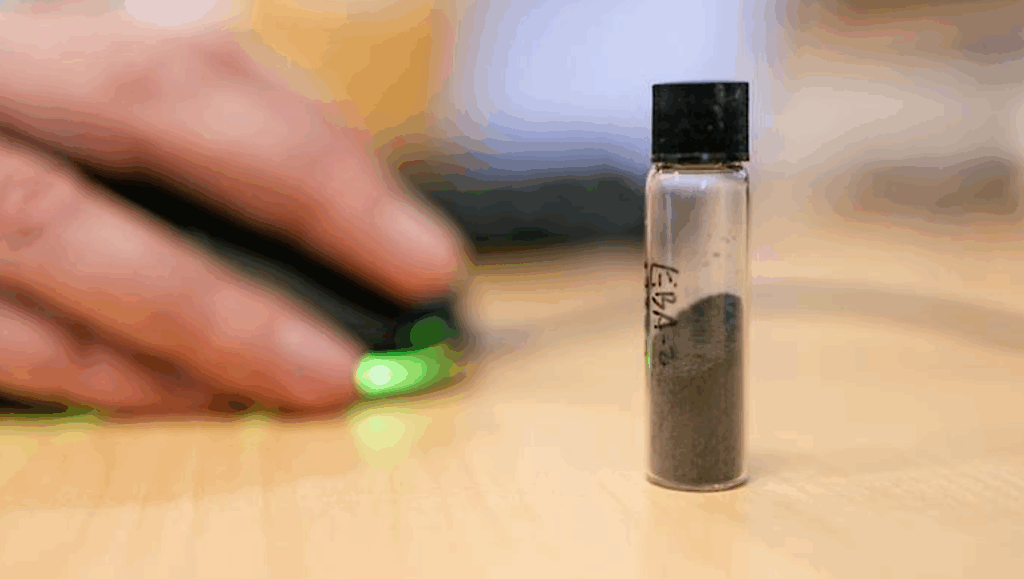Coupled Geophysical And Thermal Constraints Link Between Mars Basal Molten Layer And The Planet Viscosity Profile

Computing the tidal deformations of Mars, we explored various Mars internal structures by examining profiles that include or exclude a basal molten layer within the mantle and a solid inner core.
By assessing their compatibility with a diverse set of geophysical observations we show that despite the very short periods of excitation, tidal deformation is very efficient to constraint the Mars interior. We calculated densities and thicknesses for Martian lithosphere, mantle, {core-mantle boundary} layer and core and {found them} coherent with preexisting results from other methods. We also estimated new viscosities for these layers.
We demonstrated that the geodetic record associated with thermal constraint is very sensitive to the {presence} of a basal molten layer in deep Martian mantle, and less sensitive to the solid core. Our results also indicate that the existence of the basal molten layer necessarily comes together with an inversion of viscosity between the lithosphere and the mantle.
In this case, we could attribute this reverse viscosity contrast to the poor hydration state of Martian mantle and we underlined that this result prevents a strict Earth-like plate tectonics on Mars. The existence of the basal molten layer is also associated with a non-inversion of viscosity between the core-mantle boundary layer and the liquid core. Finally, in our results, a basal molten layer is incompatible with the existence of a solid inner core. Efforts to detect basal molten layer are then of prime importance to decipher the Martian interior. {Inversely, viscosity profiles appear to be very good tools for probing the existence of such molten layer at the base of the Mars mantle.
Alex Guinard, Agnes Fienga, Anthony Memin, Clement Ganino
Comments: submitted for publication in Icarus
Subjects: Earth and Planetary Astrophysics (astro-ph.EP)
Cite as: arXiv:2403.06763 [astro-ph.EP] (or arXiv:2403.06763v1 [astro-ph.EP] for this version)
Submission history
From: Agnes Fienga Dr.
[v1] Mon, 11 Mar 2024 14:34:26 UTC (2,700 KB)
https://arxiv.org/abs/2403.06763
Astrobiology,








